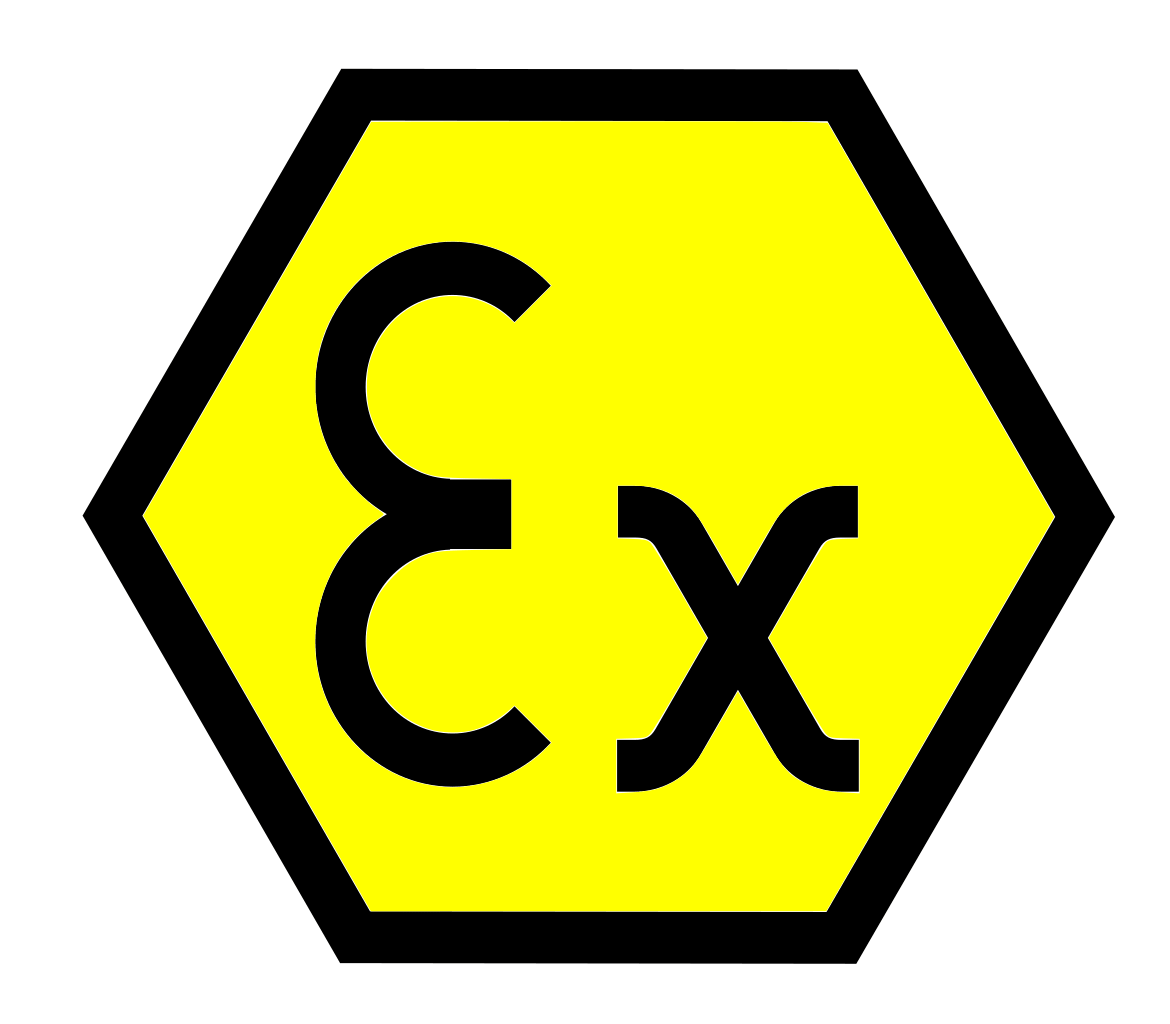Some Known Questions About Roar Solutions.
Some Known Questions About Roar Solutions.
Blog Article
The Main Principles Of Roar Solutions
Table of ContentsRoar Solutions Can Be Fun For Anyone6 Easy Facts About Roar Solutions ExplainedExamine This Report on Roar Solutions
In order to safeguard installations from a possible explosion an approach of evaluating and identifying a possibly hazardous location is called for. The objective of this is to make sure the correct option and installment of devices to ultimately prevent a surge and to make sure security of life.
(https://www.4shared.com/u/m0RNXdsL/thomascarrillo4740.html)
No tools ought to be set up where the surface temperature of the devices is higher than the ignition temperature level of the offered hazard. Below are some typical dust hazardous and their minimum ignition temperature level. Coal Dirt 380C 225C Polythene 420C (melts) Methyl Cellulose 420C 320C Starch 460C 435C Flour 490C 340C Sugar 490C 460C Grain Dirt 510C 300C Phenolic Material 530C > 450C Aluminium 590C > 450C PVC 700C > 450C Soot 810C 570C The possibility of the hazard being existing in a concentration high enough to trigger an ignition will differ from location to area.
Harmful area electric equipment maybe made for use in higher ambient temperatures. Area Fixing By Authorised Worker: Complex testing may not be required nonetheless specific treatments may need to be complied with in order for the devices to preserve its third celebration rating. Each item of tools with a hazardous ranking need to be evaluated individually.
Not known Facts About Roar Solutions
The devices register is a detailed database of equipment records that consists of a minimum set of fields to identify each thing's area, technical specifications, Ex-spouse category, age, and environmental information. The ratio of In-depth to Close assessments will be identified by the Tools Threat, which is evaluated based on ignition risk (the likelihood of a resource of ignition versus the likelihood of a flammable environment )and the dangerous area category
( Zone 0Area 1, or 2). Executing a durable Risk-Based Assessment( RBI )approach is critical for making sure conformity and safety in taking care of Electrical Tools in Hazardous Areas( EEHA).
4 Easy Facts About Roar Solutions Shown

In regards to explosive threat, a harmful location is an environment in which an eruptive ambience exists (or may be expected to be existing) in quantities that call for unique safety measures for the construction, installment and usage of equipment. Roar Solutions. In this article we discover the difficulties encountered in the work environment, the risk control actions, and the needed competencies to function safely
It is an effect of modern life that we make, store or take care of a variety of gases or liquids that are regarded flammable, and a variety of dirts that are regarded combustible. These materials can, in specific conditions, create eruptive environments and these can have major and tragic repercussions. The majority of us know with the fire triangle remove any kind of one of the 3 elements and the fire can not happen, but what does this mean in the context of dangerous locations? When damaging this down into its easiest terms it is basically: a mix of straight from the source a specific quantity of launch or leakage of a particular material or product, combining with ambient oxygen, and the presence of a source of ignition.
In the majority of circumstances, we can do little about the degrees of oxygen airborne, but we can have considerable impact on resources of ignition, as an example electric devices. Hazardous areas are documented on the dangerous location classification illustration and are recognized on-site by the triangular "EX-SPOUSE" indication. Here, among various other vital info, areas are split into three types depending on the risk, the possibility and duration that an explosive environment will exist; Zone 0 or 20 is considered one of the most hazardous and Zone 2 or 22 is deemed the least.
Report this page